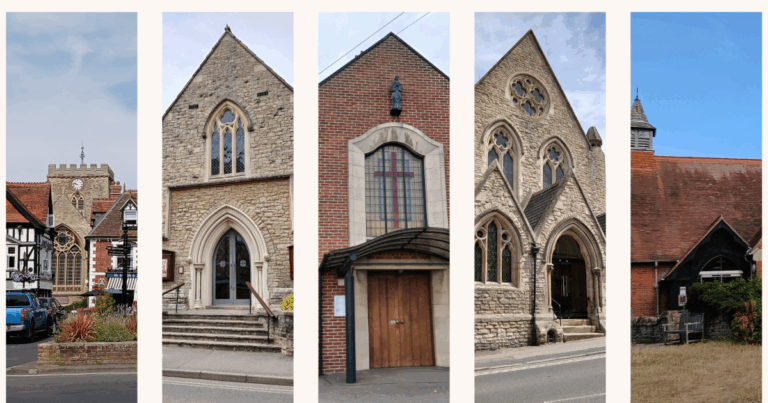
Churches
SS Peter and Paul, Wantage
A handsome thirteenth-century cruciform church rebuilt and enlarged in the fourteenth and fifteenth centuries, and then significantly restored by both Street (1857) and Butterfield (1877).
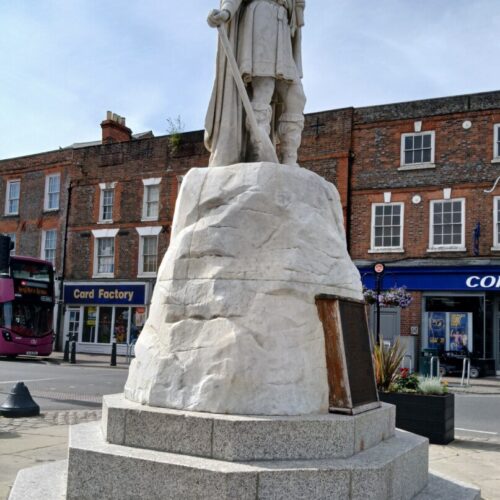
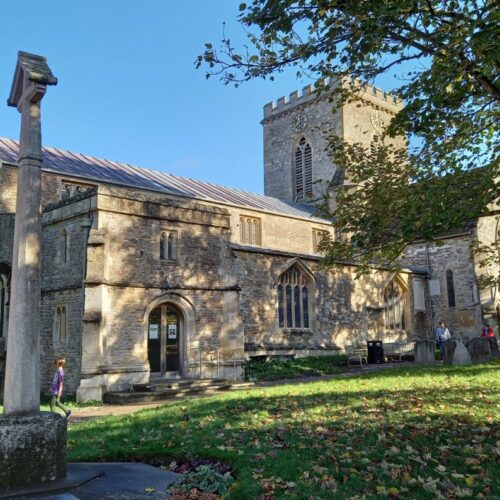
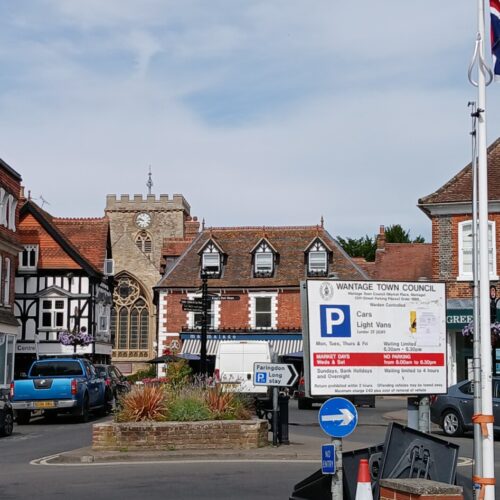
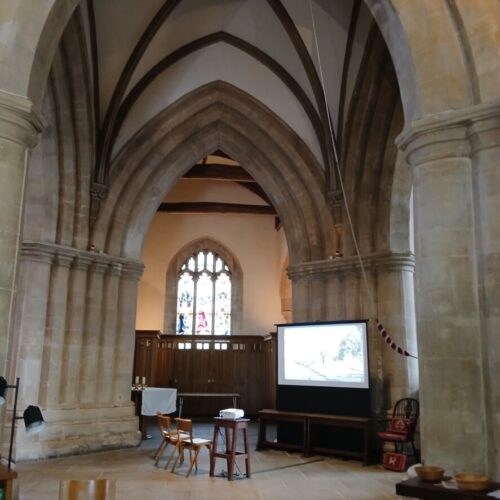
Its square tower catches the eye from the Market Place, and inside the solidity of the crossing below the tower has an immediate impact.
This is the earliest part of the church, with the building being extended in the fourteenth and fifteenth centuries in a remodelling that included the addition of chancel chapels. Relics of the medieval period include alabaster effigies of Sir William Fitzwaryn (d. 1361) and his wife, in the chancel under what remains of a sheltering canopy. A later Fitzwaryn, Ivo (d. 1414) is commemorated by a striking brass figure mounted on the wall in the south aisle. There are also later additions to enjoy: G. E. Street’s restoration of the 1850s (under the aegis of the Tractarian Vicar, W. J. Butler) included the reredos and a splendid pulpit, and G. F. Bodley’s 1895 work on the fifteenth-century south chapel (originally a Guild chapel) is described by BoE as ‘impeccable’, including the wooden ceiling which he apparently designed.
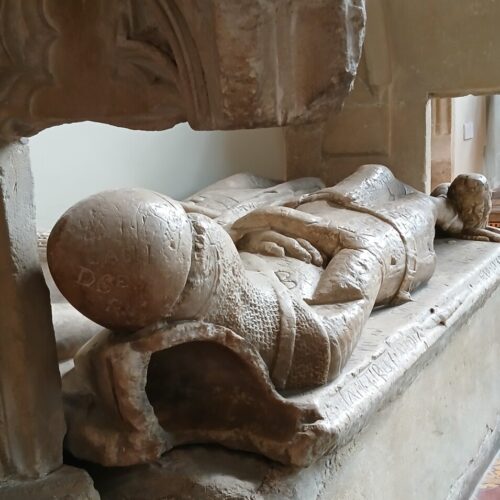
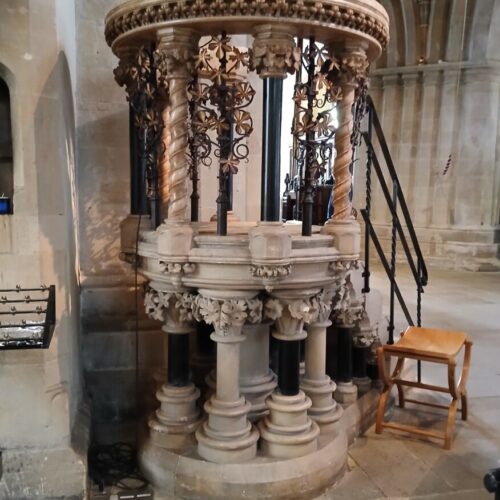
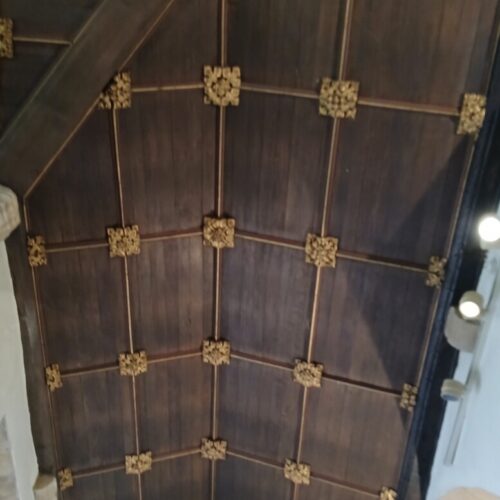
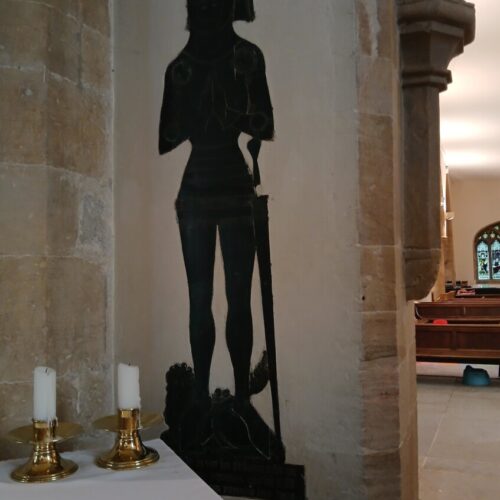
Wantage Methodist Church
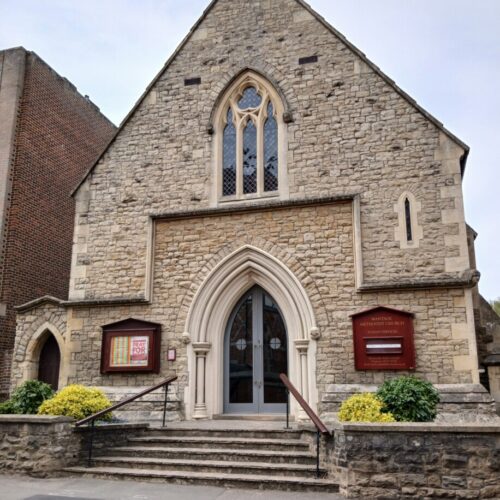
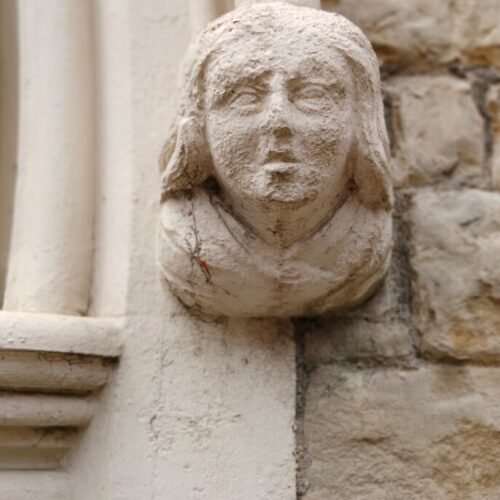
According to the church website, the Wantage Methodist Circuit was set up in 1820. In 1845 a new Wesleyan Methodist Chapel was built by the Methodist Society in Wantage ‘having outgrown two meeting houses’. It was designed by F. W. Ordish in a simple Gothic style, the material being grey rubble with facings of Bath stone. There was a renovation in 1881 to install pews, a pulpit, and a gallery, as well as gas lighting, and the front of the chapel was enlarged in 1923 to accommodate a larger (rebuilt) organ and redesigned pulpit.
St John Vianney, Roman Catholic Church
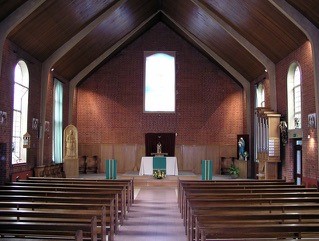
© John Ward
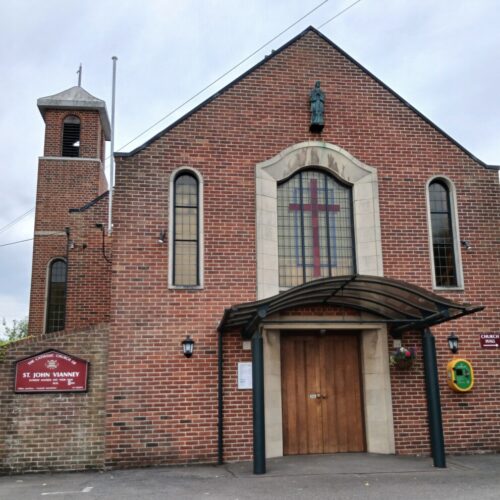
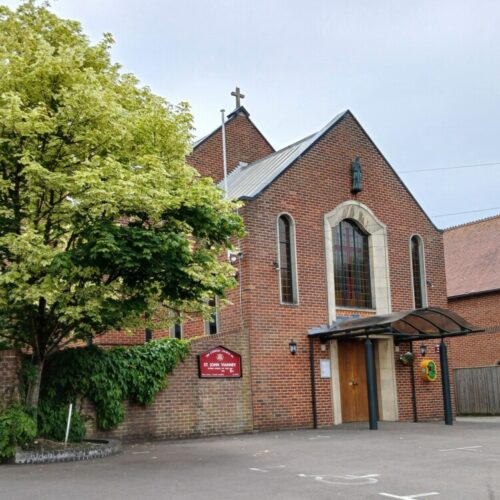
Brick-built in 1960, the church is set back from the road with a two-storey entrance porch at the west end. On the north side, the narrow bell tower has a pyramidal roof. Inside it is aisleless and spacious, with reeded glass windows. The central windows on the north and south include crosses of antique French glass. There are wooden statues on either side of the altar, one of which, by a local carver, depicts St John Vianney (1786-1859), the French priest known as ‘The Curé of Ars’.
Holy Trinity, Charlton
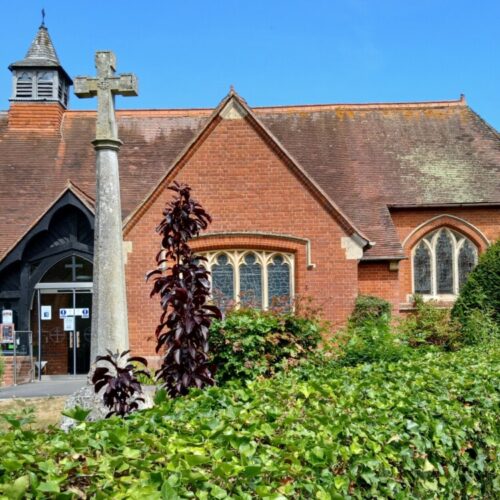
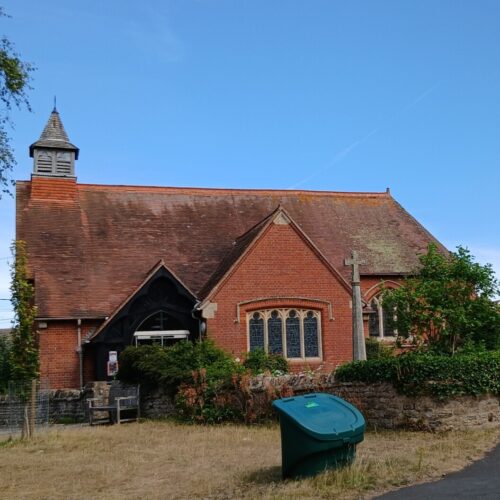
Charlton, now part of Wantage, was originally a separate village. In 1848 William Butterfield built the first iteration of Holy Trinity: a simple chapel of ease that was part of Wantage parish, and apparently cost only £200 to build. The current church dates from 1891, when a north vestry and several-sided apse added. This was extended in 1904 by rebuilding of the nave and the addition of such features as transepts, aisles (divided from the nave by wooden posts), a timber porch, and a bell turret with spire.
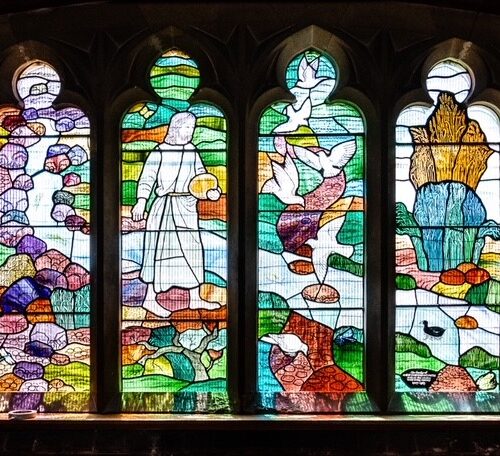
© John Ward
A stained glass window by Paul Quail depicting ‘The Sower’ was installed in the south aisle in 1986.
Wantage Baptist Church
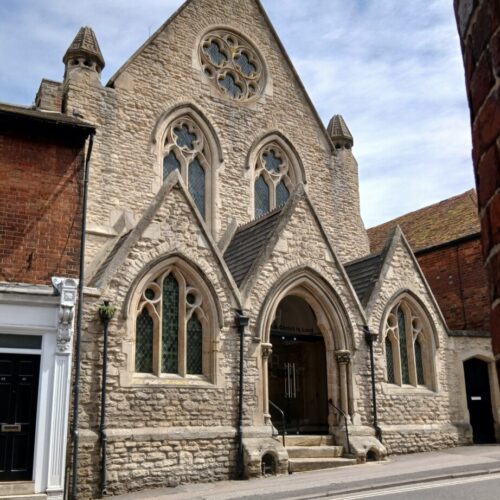
Built in 1860, Wantage Baptist Church was apparently the first church by the Berkshire-born architect James Brooks (1825-1901), who later became known for a number of London churches in the High Anglican tradition. Its impressive frontage has a three-gabled entry with the height of the main building rising behind it. It is worth noting that the Baptists have a long history in Wantage: the Victoria County History for Berkshire tells us that the Baptists met in 1653 in the town hall.
By Elizabeth Knowles
About the Author

Elizabeth Knowles is a renowned library researcher and historical lexicographer who devoted three decades of her career to Oxford University Press. Her time at OUP began with contributions to the OED Supplement and the New Shorter Oxford English Dictionary. Subsequently, she spearheaded the Quotations publishing program, solidifying her reputation as a leading expert in quotations and lexicography.
In 1999, Knowles assumed the prestigious role of Editor of the Oxford Dictionary of Quotations, a position she held continuously until her retirement from OUP in 2007. Under her editorial guidance, the eighth edition was published in 2014, marking a significant milestone in the dictionary’s history.
Knowles is a prolific writer and lecturer on the history of quotations and dictionaries. She has shared her extensive knowledge with both academic and general audiences, significantly enhancing our understanding of the role of quotations in language.
Beyond her work on the Oxford Dictionary of Quotations, Knowles is also the editor of “What They Didn’t Say: A Book of Misquotations” (2006) and “How To Read a Word” (2010). Her work continues to inspire and inform scholars, writers, and readers fascinated by the English language.
All photographs © Elizabeth Knowles unless otherwise noted
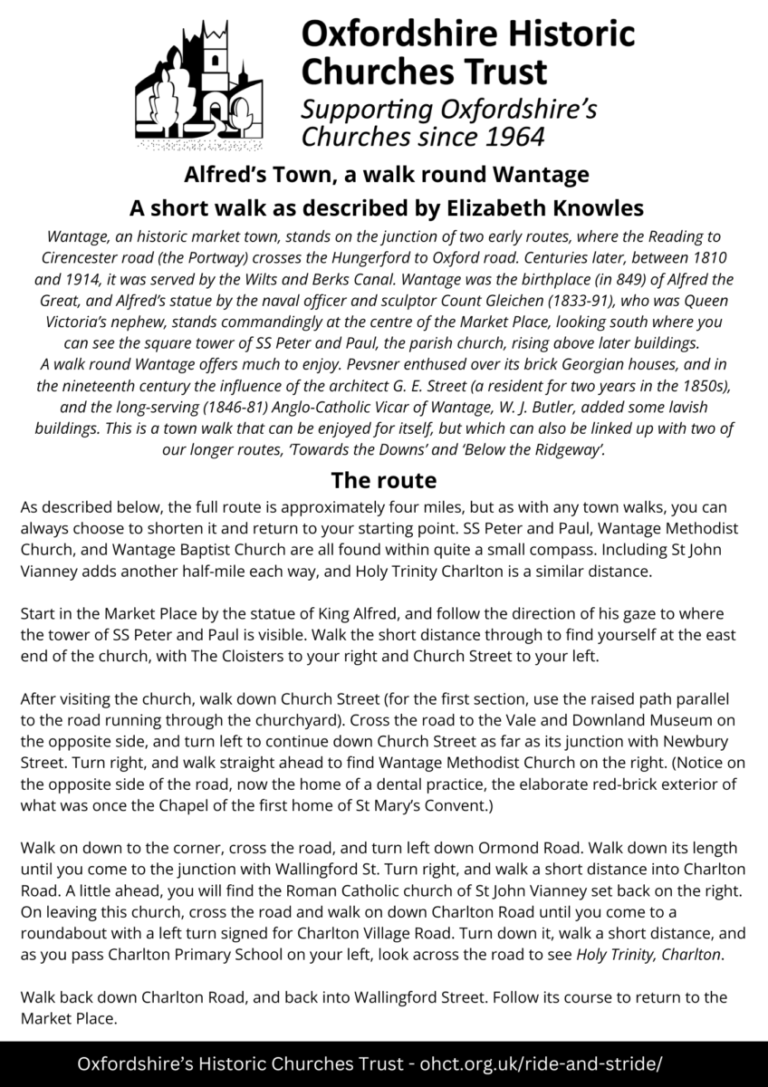
Churches visited on this route